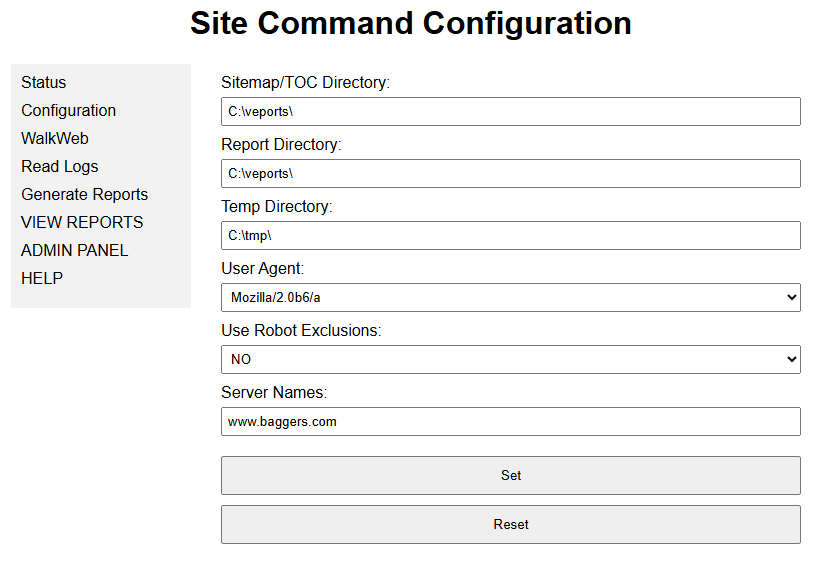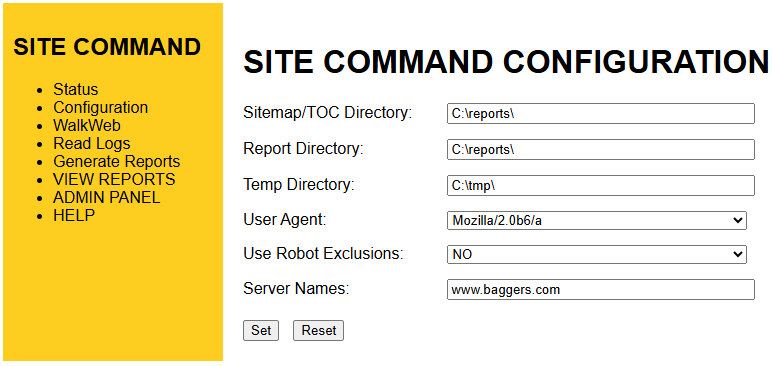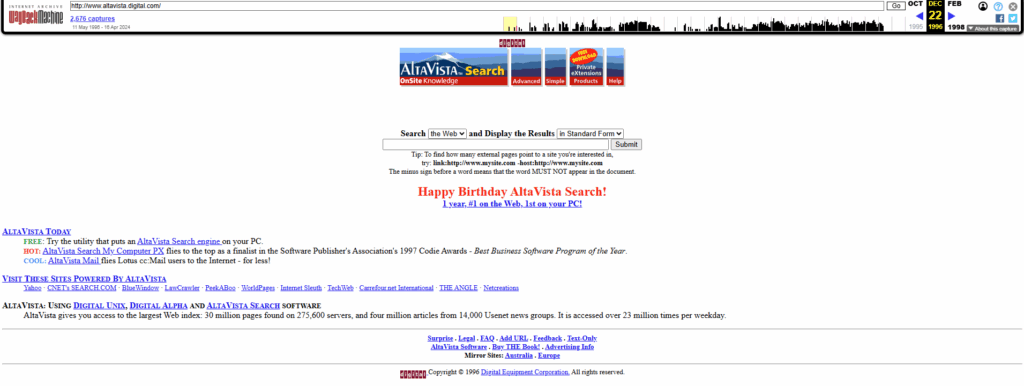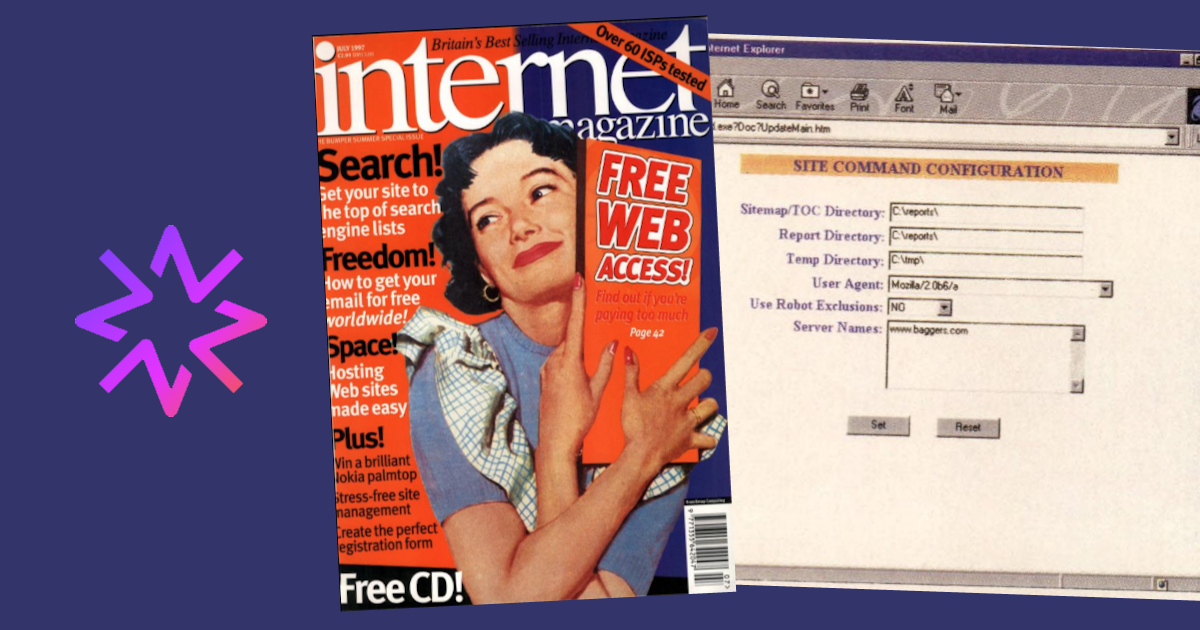Do you remember Internet Magazine? This iconic UK monthly print publication launched in October 1994 became the essential guide for anything internet-related. This was the era when downloading Netscape Navigator required hours, and AltaVista was the premier search engine.
I recently wondered: could modern AI technology resurrect websites that aren’t preserved in the Internet Archive but exist as screenshots in publications like Internet Magazine? To explore this possibility, I turned to Amazon’s newest AI offering.
Introducing Amazon Nova
Amazon Nova represents a new generation of foundation models offering advanced intelligence with competitive pricing. Working through Amazon Bedrock, these models can generate text, code, and process images using natural language prompts. For my experiment, I focused on the three models with text and vision capabilities: Nova Lite 1.0, Nova Pro 1.0, and Nova Premier 1.0.
The Experiment: Recreating a Website from an Image

First Attempt
My initial prompt was straightforward: “Create a static HTML page from the provided image“
- Amazon Nova Lite: The most basic result — simply creating HTML that displayed the provided image.
- Amazon Nova Pro: This model correctly identified the website displayed within Internet Explorer and focused solely on the website content (ignoring the browser elements). It created functional HTML, though I needed to increase the default response length beyond 512 tokens to get complete code. While it successfully mimicked the website structure, it didn’t preserve the original colors and failed to recognize the frame-based design that was prevalent during that era.

- Amazon Nova Premier: This model showed more sophistication, recognizing the yellow background on the left side and implementing it in the recreation. However, like Nova Pro, it still missed the iFrame structure that was common in websites of that period.

Refining the Recreation
When I specifically asked, “Can you use iFrames?“, Nova correctly separated the website into the appropriate frame structure, providing three source files: index.html, content.html, and sidebar.html.
Taking modernization a step further with “Can you separate the CSS from the HTML?“, Nova produced clean, contemporary code with proper separation: index.html, content.html, sidebar.html, and styles.css.
This process effectively translated the old HTML 3/4 website into HTML5-compatible code accessible to modern browsers.
Working with Archived Content
I wanted to see how Nova would perform when provided with actual source code rather than just an image. To test this, I went to the Wayback Machine and retrieved a preserved 1996 version of the AltaVista search engine homepage.

Using the prompt: “Create a full copy of this website: https://web.archive.org/web/19961222232126/http://www.altavista.digital.com/“, I asked Nova to recreate the site from the archived URL.
Nova Premier produced a reasonable facsimile but candidly acknowledged its limitations: “This example captures the basic layout and style of the AltaVista homepage from 1996. However, it’s a simplified version and lacks many details, images, and functionalities present in the original site.”

Interestingly, Nova’s approach to working with actual source code versus just an image didn’t yield dramatically different results in terms of accuracy. The model still created a simplified interpretation rather than an exact replica, suggesting that Nova’s current design philosophy prioritizes approximation over perfect replication regardless of input format.
Safety Considerations
It’s worth noting that the current version appears intentionally designed not to create exact replicas of websites, which prevents potential abuse for phishing or impersonation. This limitation serves as an important safeguard.
Conclusion
While Nova Lite proved too basic for complex website recreation, both Nova Pro and Premier demonstrated impressive image analysis capabilities, distinguishing between content and browser elements with remarkably accurate OCR recognition even with low-quality images. Premier particularly excelled in color recognition and produced more accurate website recreations.
Amazon Nova models show tremendous potential for reconstructing website content from images — a valuable capability for digital preservation and historical research. These models process images exceptionally well, making them useful in scenarios where only visual references remain of digital content.
